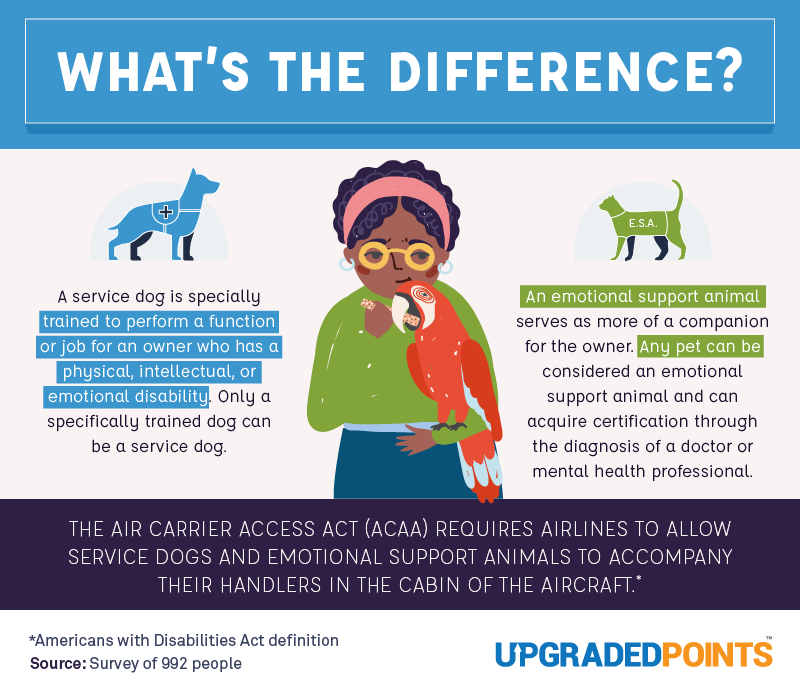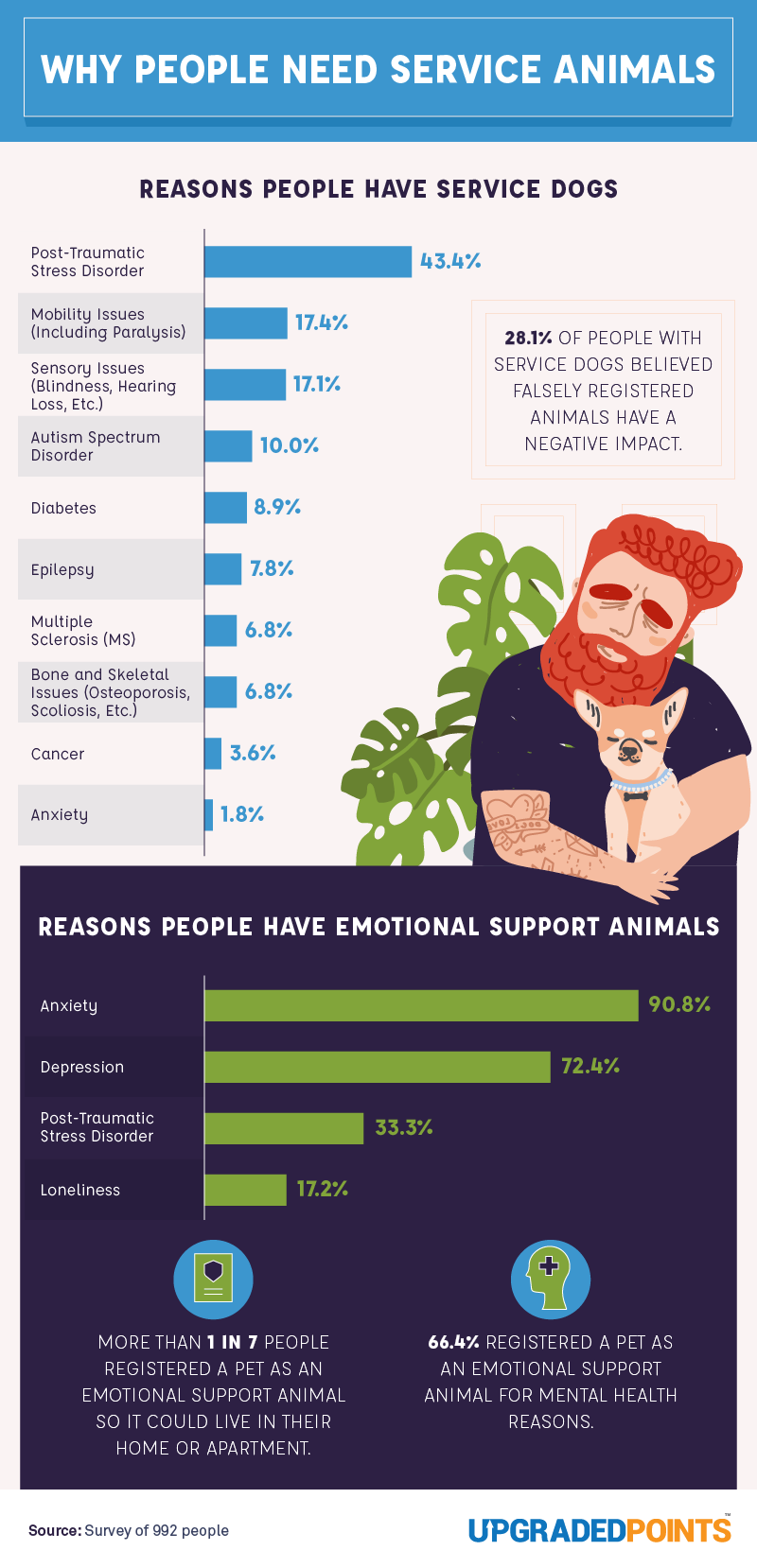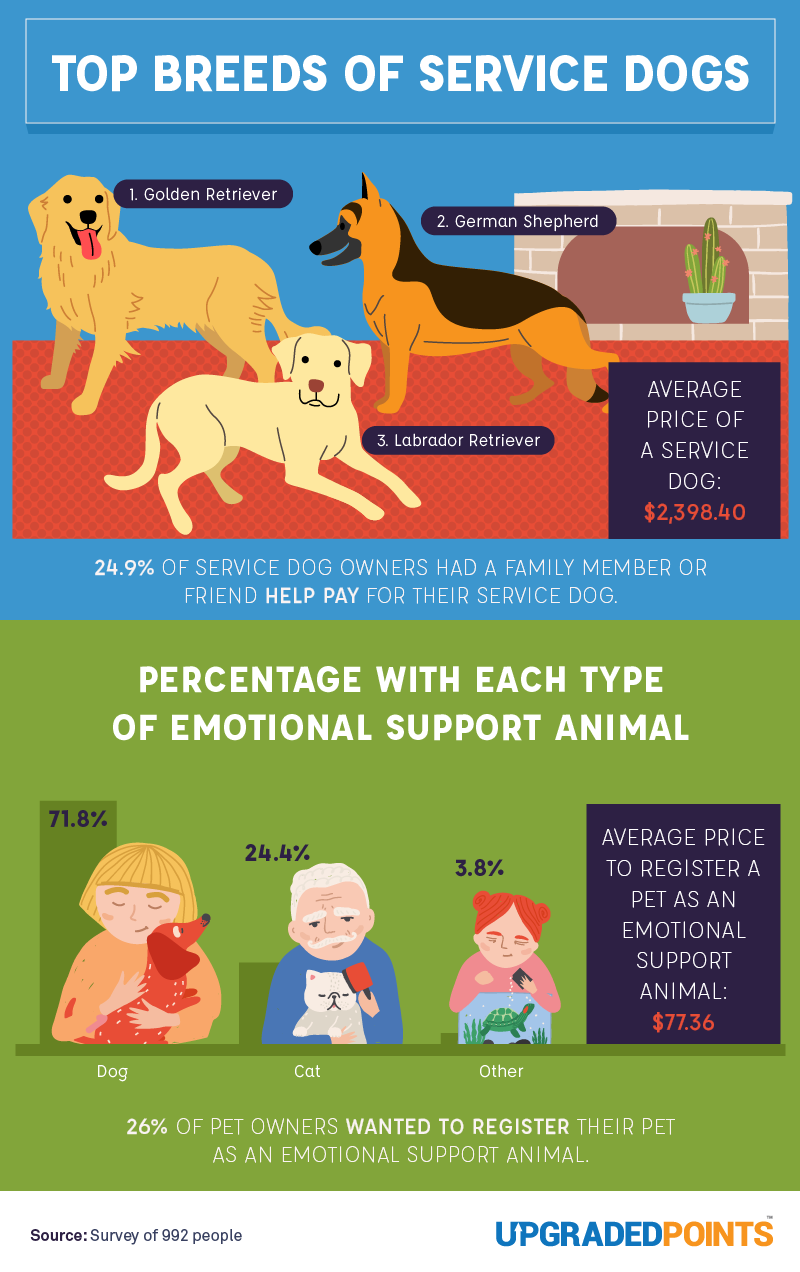Alex Miller
Alex Miller
Founder & CEO
300 Published Articles
Countries Visited: 34U.S. States Visited: 29
Founder and CEO of Upgraded Points, Alex is a leader in the industry and has earned and redeemed millions of points and miles. He frequently discusses the award travel industry with CNBC, Fox Business...
Edited by: Kellie Jez
Kellie Jez
Director of Operations
6 Published Articles 1255 Edited Articles
Countries Visited: 10U.S. States Visited: 20
Kellie’s professional experience has led her to a deep passion for compliance, data reporting, and process improvement. Kellie’s learned the ins and outs of the points and miles world and leads UP’s c...
![Perceptions of Service Animals: Exploring How People Feel [Survey]](https://upgradedpoints.com/wp-content/uploads/2019/11/Black-service-dog.jpeg?auto=webp&disable=upscale&width=1200)







![The 10 Best Travel Adapters and Converters You Can Buy [2025]](https://upgradedpoints.com/wp-content/uploads/2023/01/BESTEK-Universal-Travel-Adapter-bestekcorp-1.jpg?auto=webp&disable=upscale&width=1200)

![The 10 Best Travel Towels To Buy for Your Next Trip [2024]](https://upgradedpoints.com/wp-content/uploads/2022/01/Dock-Bay-beach-towels.jpg?auto=webp&disable=upscale&width=1200)